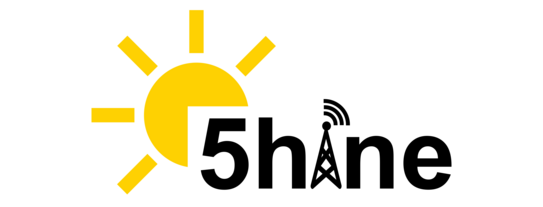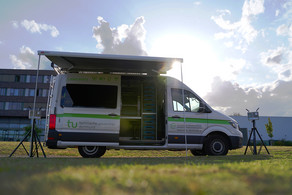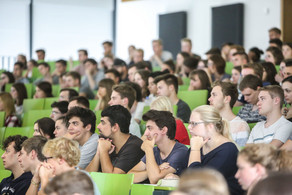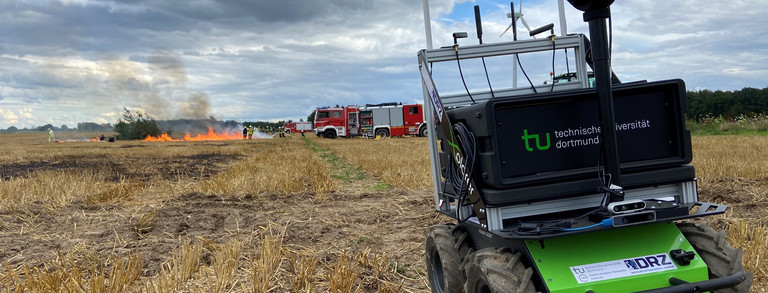5hine
In the 5hine project, 5G communication solutions are developed for control, monitoring and maintenance of distributed industrial plants with a very high number and density of subsystems using the example of a concentrating solar power (CSP) plant. CSPs use tracked mirrors to concentrate solar radiation for heat and power production. With their integrated 6-12 hour storage systems, they are playing an increasingly important role in the transition of the world's energy supply to primarily renewable sources. Several tens to hundreds of thousands of individually controlled mirrors on an area of several square kilometers form the solar field of each power plant, whose cabling for power and data is replaced with a 5G solution and PV. Drone-based applications are being developed to optically calibrate and monitor the mirrors, generating and transmitting large amounts of data.

For this heterogeneous problem of wireless communication of system-critical but low data volumes at extremely high density of control communication in combination with few mobile actors with very high data rate requirements for real-time drone monitoring, the planned 5G solution is predestined. To meet both safety requirements and efficiency goals of solar power production, a tightly interleaved integration of automation and communication is being developed. The project results will be applied holistically to other application fields with similar problems in the process industry (chemical, pharmaceutical, raw material processing), water and electricity industry or smart city with distributed sensor and actuator systems and/or heterogeneous communication requirements.
In this context, the Communication Networks Institiute at TU Dortmund University focuses on the evaluation of potential 5G solutions for the communicative integration of high-scale heliostats and UAVs, in addition to supporting the requirements analysis and system design for 5G solutions in solar thermal power plants (CSP).
Project duration: 01.01.2022 - 30.06.2024
The project is funded by the Federal State NRW by the Ministry for Economic Affairs, Industry, Climate Action and Energy (MWIKE) under the Funding ID 005-2108-0073.





